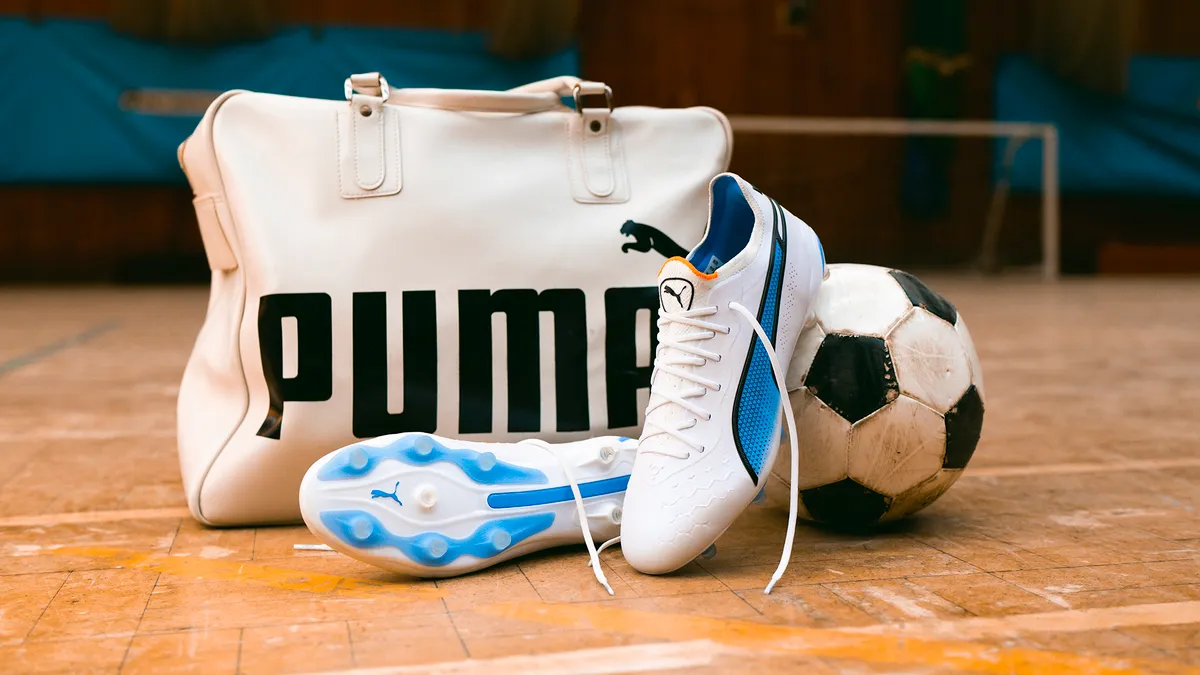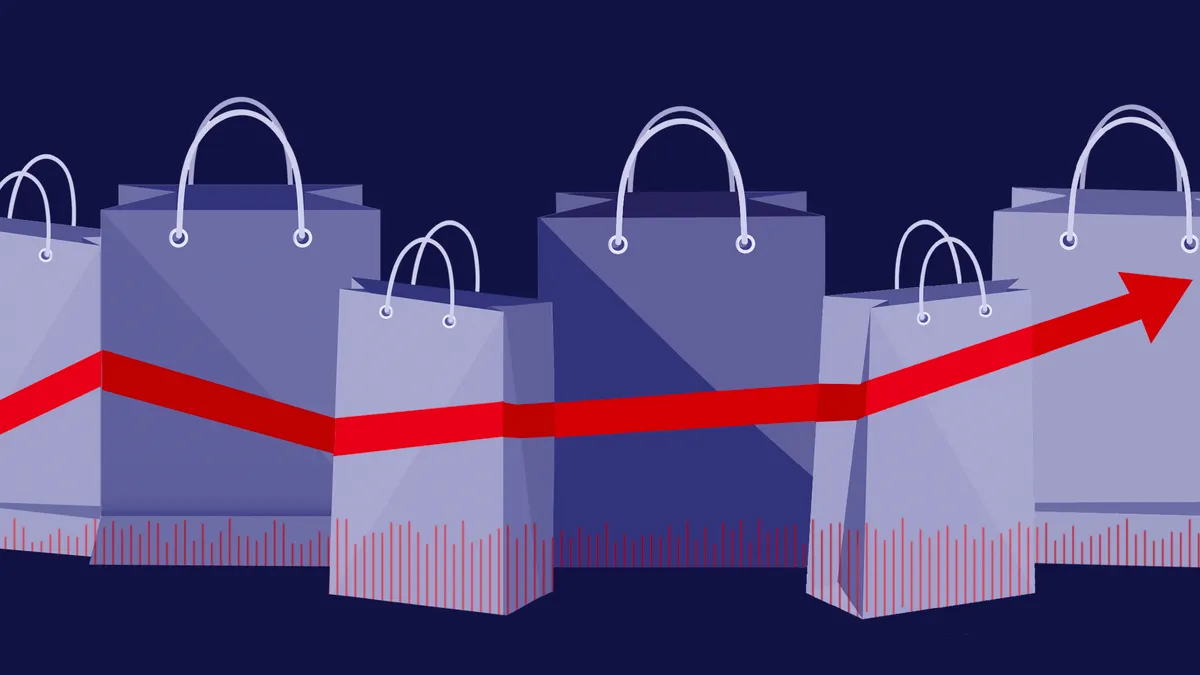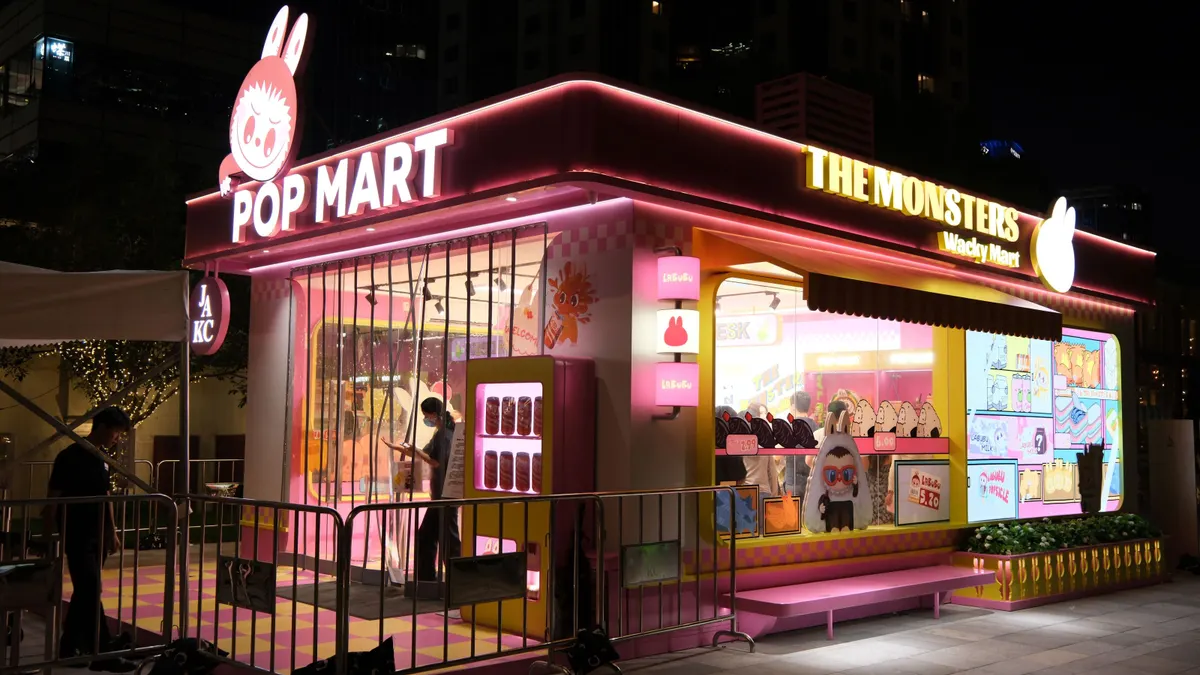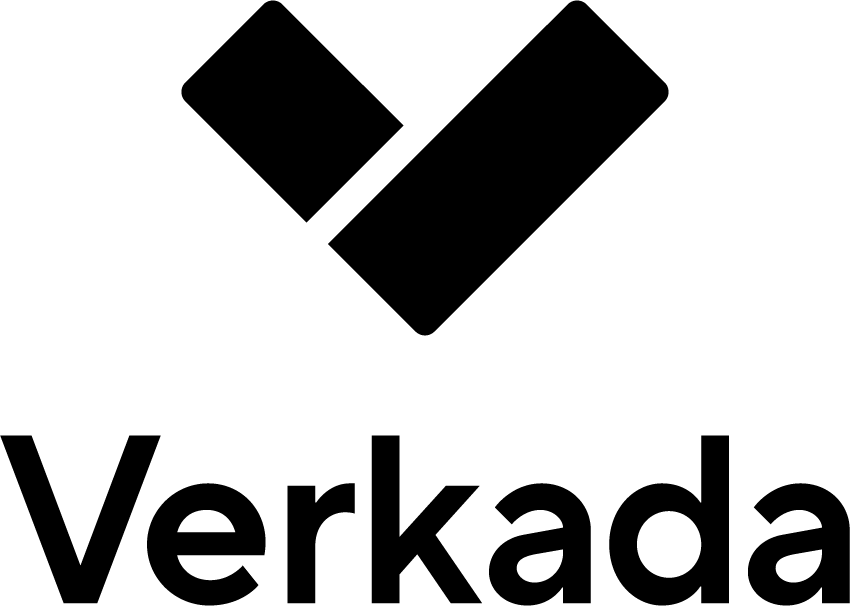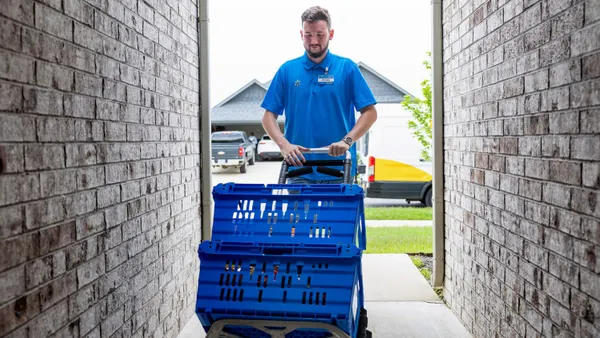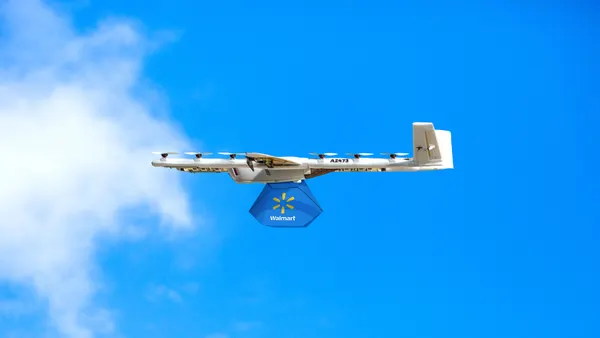Dive Brief:
- Puma plans to eliminate about 900 more corporate jobs globally by the end of next year, the athletic brand announced Thursday. The company, which has about 7,000 corporate employees and previously cut 500 roles this year, said cost savings from the layoffs will be released later.
- The downsizing is part of a reset announced earlier this year, which is affecting both wholesale and direct-to-consumer operations, and all regions. Puma on Thursday said it aims to boost growth in DTC.
- The company is also shaking up its executive ranks, with Arthur Hoeld taking over as CEO in July amid a dispute over strategy with its former chief. Maria Valdes, previously chief product officer, is now chief brand officer, with expanded responsibilities. Nike vet Ronald Reijmers is taking on global retail, and former Adidas exec Andreas Hubert arrived as chief operating officer in September.
Dive Insight:
The overhaul at Puma is touching every aspect of the business, as the brand “is navigating several company-specific challenges, including muted brand momentum, elevated inventory levels across the trade and low quality of distribution,” per its press release.
Third-quarter results were poor, but met the company’s expectations, in part because turnaround actions hurt the top and bottom lines. Sales fell more than 15% year over year to nearly 2 billion euros ($2.3 billion at press time), “vastly due to strategic reset initiatives.”
The performance is in sharp contrast to rival Adidas, according to a Thursday client note from Louise Deglise-Favre, lead apparel analyst at GlobalData.
“Puma is back to severe declines in Q3 FY2025, with reported revenue falling a notable 15.3% to €2.0bn, and though the strengthened Euro was a significant contributor, currency-adjusted revenue still fell 10.4%, highlighting a loss of momentum in the brand’s desirability,” Deglise-Favre said.
Gross margin in the period contracted by 260 basis points to 45.2%. The company swung into the red, reaching a net loss of 62.3 million euros from net income of 127.8 million euros a year ago. Inventories were up by 17.3%, but with ongoing cleanup, the brand expects levels to be back to normal by the end of next year.
The turnaround entails exiting less productive wholesale relationships and shrinking its product range by reducing new launches each season. The company said it expects to return to growth in 2027.
Despite the challenges, Hoeld said the 77-year-old brand “has incredible potential” thanks in part to “one of the best product archives in the industry and huge credibility in many major sports.”
“We have identified the areas in which we need to take decisive action and outlined our strategic priorities to become one global sports brand with globally resonating product ranges and inspiring storytelling across markets,” Hoeld said in a statement. “With these strategic priorities, we have the clear ambition to establish Puma as a Top 3 sports brand globally, returning to above industry growth and generating healthy profits in the medium term.”



